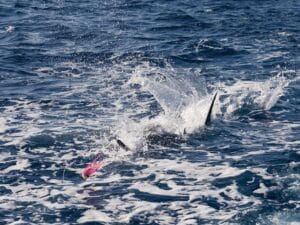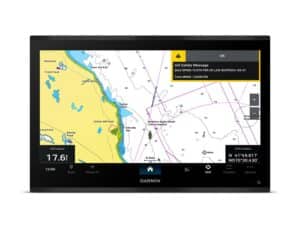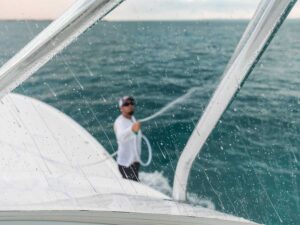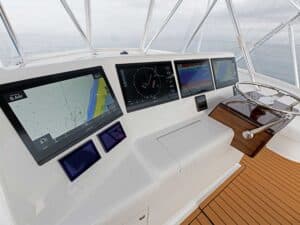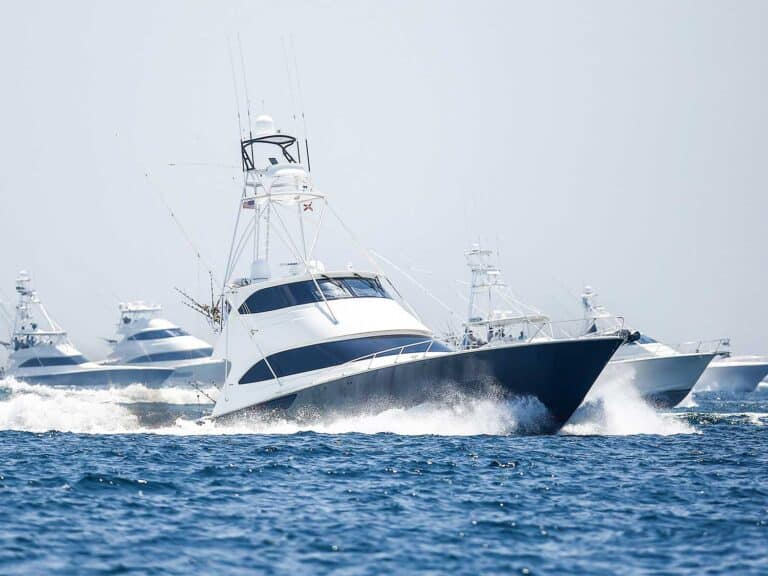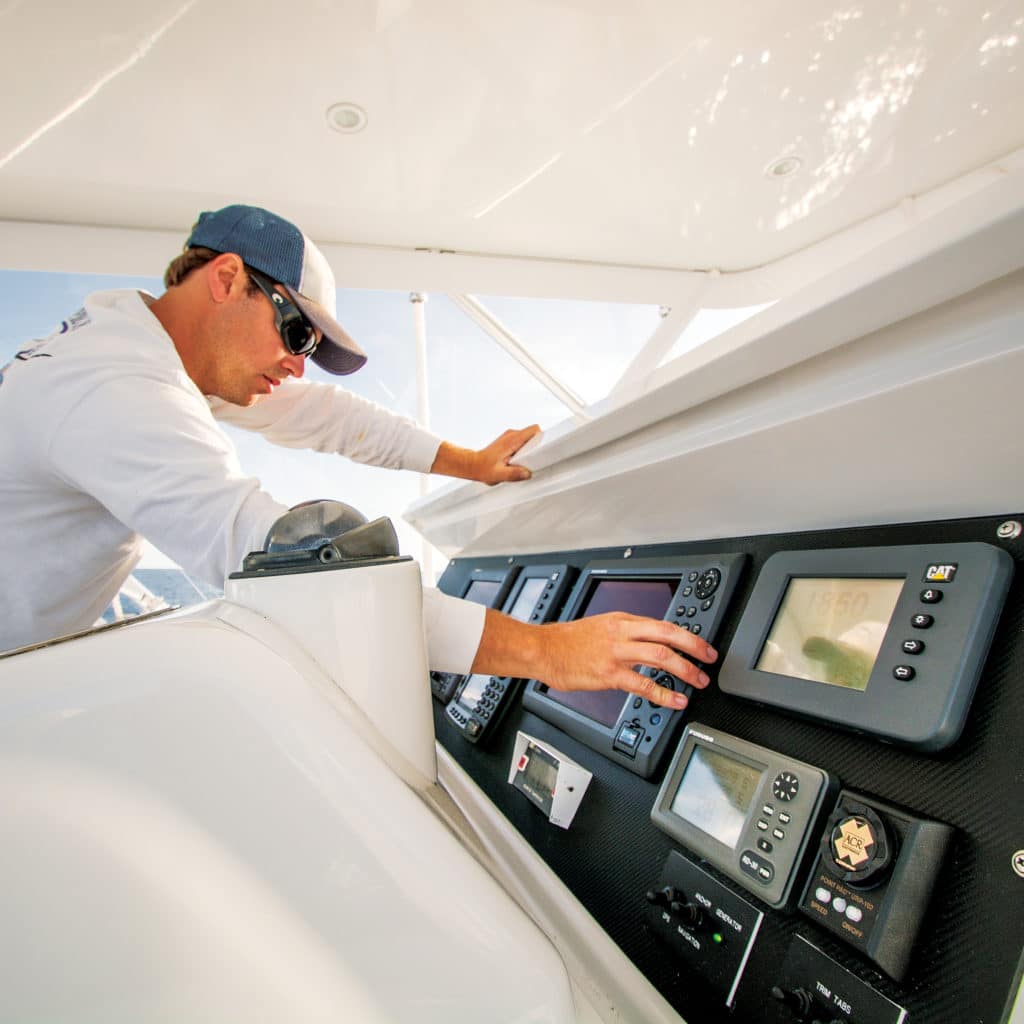
Your car or truck has been running on a digital backbone for decades. Marine engines have been computerized since the 1990s. Even now, when you turn the radio or headlights on, you’re probably sending a digital signal to a digital switch. But in most boats to begin 2016, electrical systems are as analog as they were in 1950. Why?
Well, actually, many are not analog at all. After the Great Recession, big outboard expresses and center-consoles were being developed faster than any other category of boat, and customers were becoming increasingly affected by digital mania thanks to the touch screens on smartphones. They wanted a user interface that did away with rows of corrosion-prone mechanical switches and said goodbye to an array of analog gauges, and hello to sleek, modern and efficient helm stations with glass multifunction display touch screens. The mechanical switches were still there, but tucked below deck in the form of breakers in a console, away from saltwater corrosion.
But many anglers are still suspicious of digital technology and opt to keep their electrical systems decidedly analog. Every skipper worth his salt knows how to find a short and repair it in a pinch, but how do you find a digital malfunction? And once you do, how do you fix it? Brian Robinson, of Summit Marine Sales LLC, has a direct answer to that techno-fear.
“These systems diagnose themselves,” Robinson says. Summit is the parent company of Marine Digital Systems, which delivers pre-manufactured electrical systems to boatbuilders. It is an active marine sales group, representing Marine Digital Integrators, CZone, Marinco and BEP — all names known to boaters and boatbuilders.
“Say you turn on a navigation light and it doesn’t come on,” Robinson said. “If the bulb is burned out, the system displays an ‘over-volt’ warning on your display, telling you to change the bulb.” He demonstrated this on a panel being built for a popular center-console company. Garmin was the MFD of choice for this builder, and the on button appeared as an icon on the touch screen.
“A failed bilge pump will register on the system and display on the MFD.
“If the navigation light is shorted out in the power supply, it blows a breaker and tells you so,” he continued. And, he reminded me, older analog systems can have a short as well — they just require patience and a multimeter to diagnose and locate. A failed bilge pump or a loose connection will also register on the system and display on the MFD. The system tells you the problem and tells you exactly how to look for it.
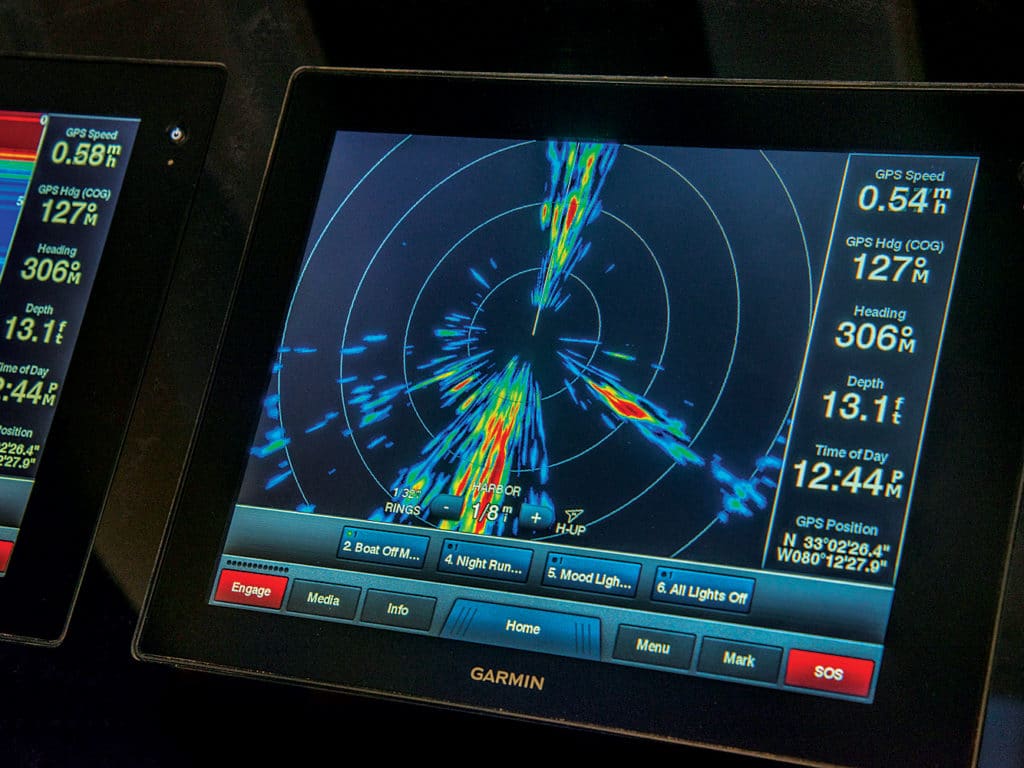
So what about that fear? Early systems did have problems. First, digital switching operates through a signal sent on the navigation system’s backbone. In the early days of NMEA 2000, backbone T’s were a weak link. Sometimes it was the hardware, but often it was the installation.
A backbone could be 10 or more T’s connected in what looks like a spine — thus the nickname. Often the spine was fastened on either end and suspended in the middle. As the boat moved, so did the backbone, eventually breaking connections. Backbone connectors are more robust now, and installation protocol fastens each one to a firm surface, fostering long life.
“But a lack of integration was also a problem. In the beginning, CZone wanted to sell bus boxes, displays and connectors,” says Robinson. Boatbuilders would try to incorporate them into their current wiring systems. It was clear to Robinson a more integrated approach was needed, so he partnered with Marcus Bailey, his current partner in Summit Marine Sales, and developed Marine Digital Integrators LLC. “We work with the boatbuilder to develop a system for each boat,” says Robinson.
The company builds the system of bus boxes, digital connections and device power supply. Each bus box has six digital switches and a power supply. Six color-coded power lines are fed from the box to their corresponding devices. Deutsch connectors keep it all watertight. Wires are cut to predetermined lengths, then labeled and packaged for shipping to the boatbuilder who then installs the panel, routes the color-coded wires to the devices and connects the power feed to the panel.
“Instead of taking three days to wire a boat, some boats are done in three hours,” says Robinson. What about long-term maintenance? If a box fails, the other boxes reprogram the replacement. It’s all plug and play. Robinson acknowledges that a few boxes have failed, but that’s rare. All switches can be manually operated as per American Boat and Yacht Council wiring standards.
The system is user-customizable, too. One boat owner wanted his bilge pump to be a momentary switch, powering the pump only when depressed. In a latching configuration, he’d left the bilge pump on a couple of times and burned it out. We plugged a laptop into the system and scanned the individual boxes and switches. We clicked the bilge and selected momentary (instead of latching) on a drop-down menu. We were done in a minute. The pump stayed on only as long as we held it on.
There are some switches a boater wants to touch a button to activate, such as a horn, a bilge pump or interior lights. In that case, MDS builds switch panels for commonly used functions. But, just as in your automobile, when you touch these buttons, you’re sending a signal to the bus box, telling the box to turn on the device.
For today, a properly engineered digital switching system makes things work better and offers a more reliable system than full mechanical wiring. And the system is modular, so down the road, as the sea takes its toll on the battle wagon, those troubled parts can be easily identified and replaced.
